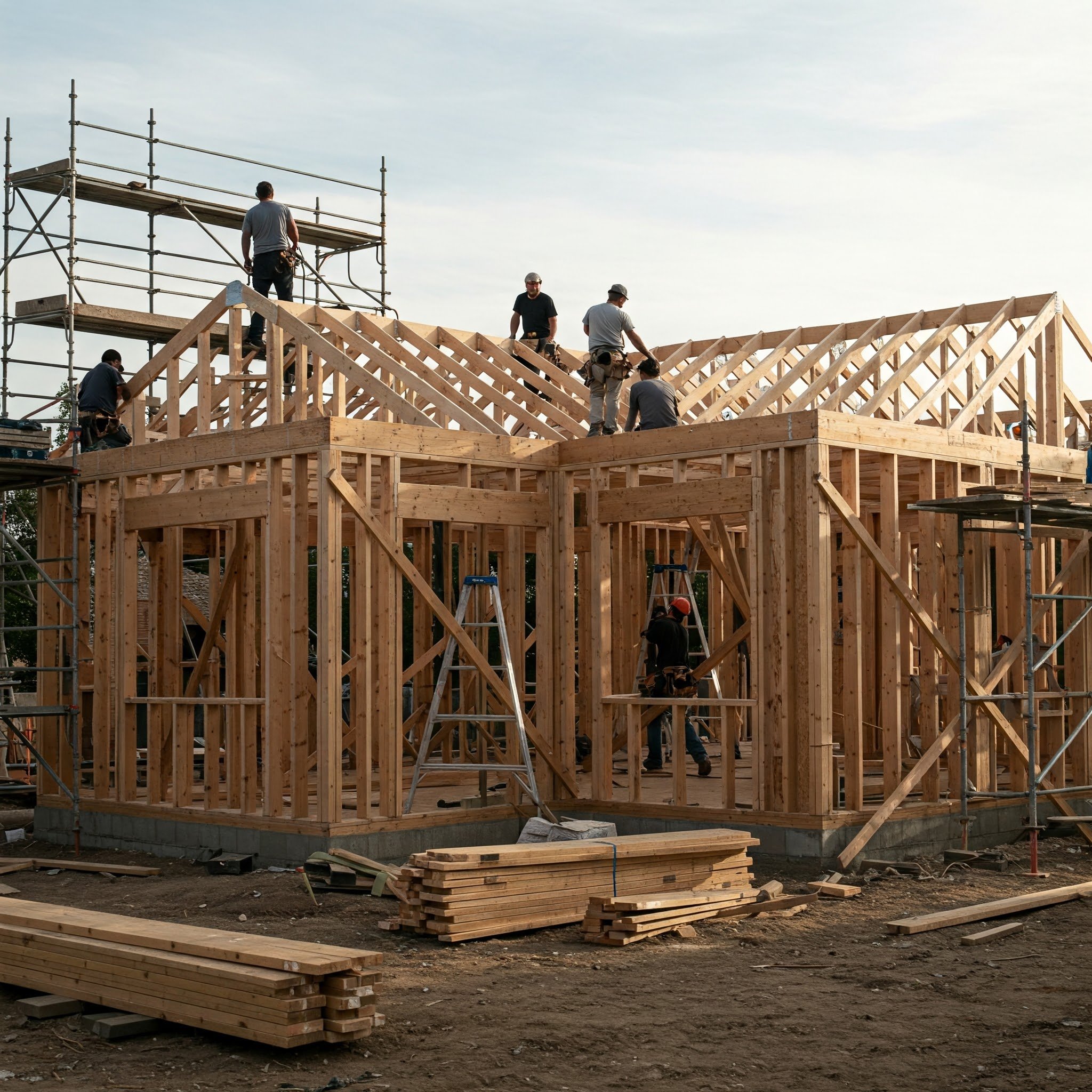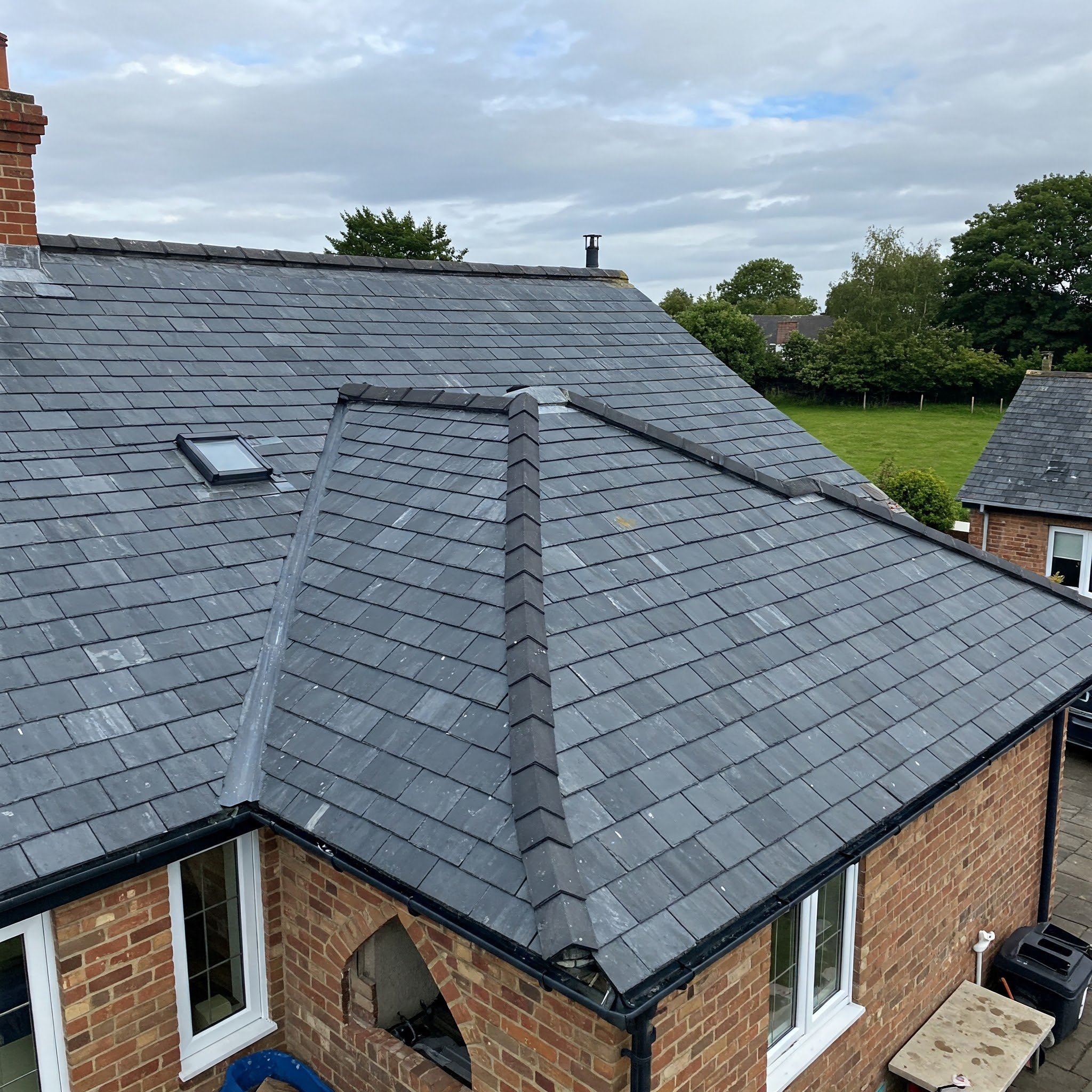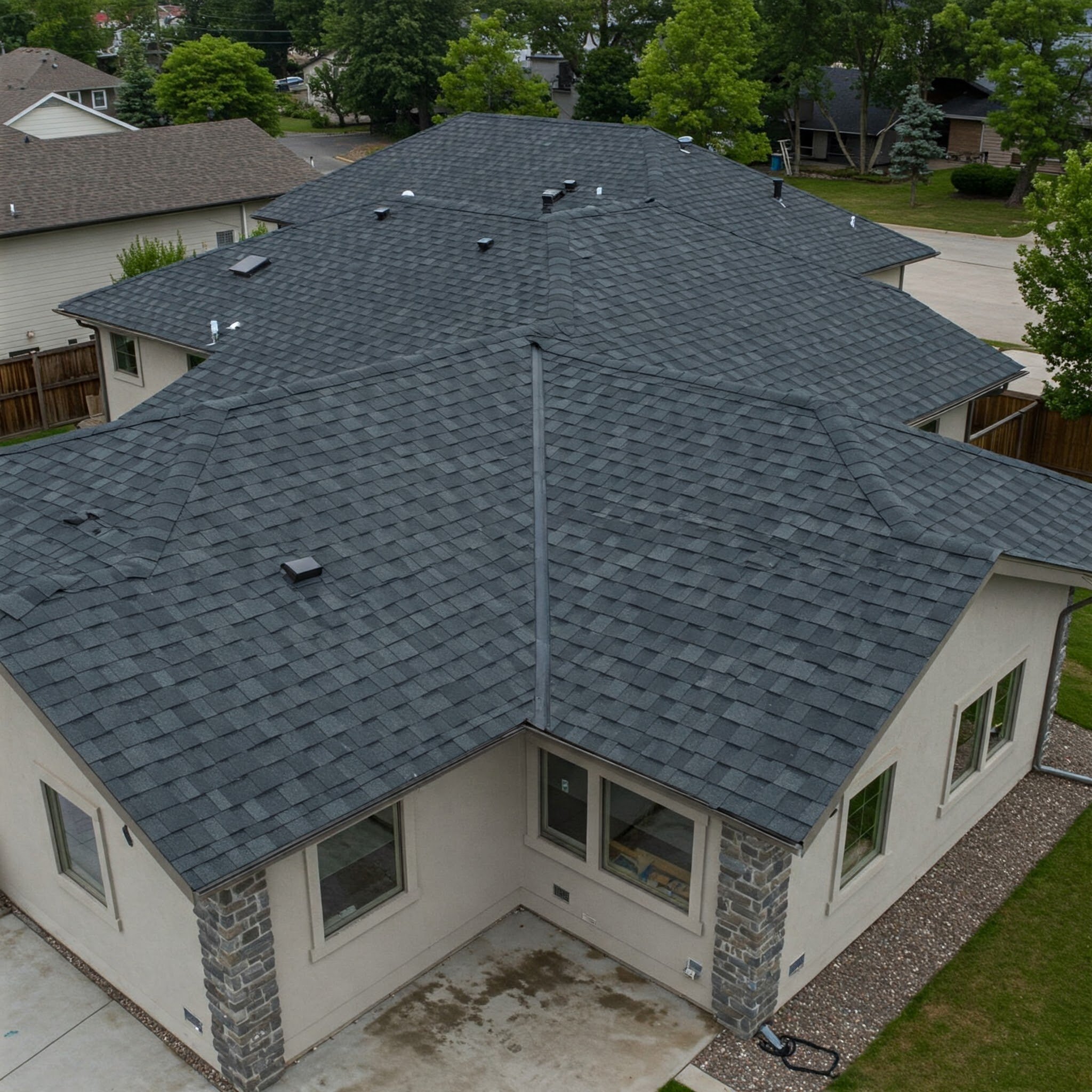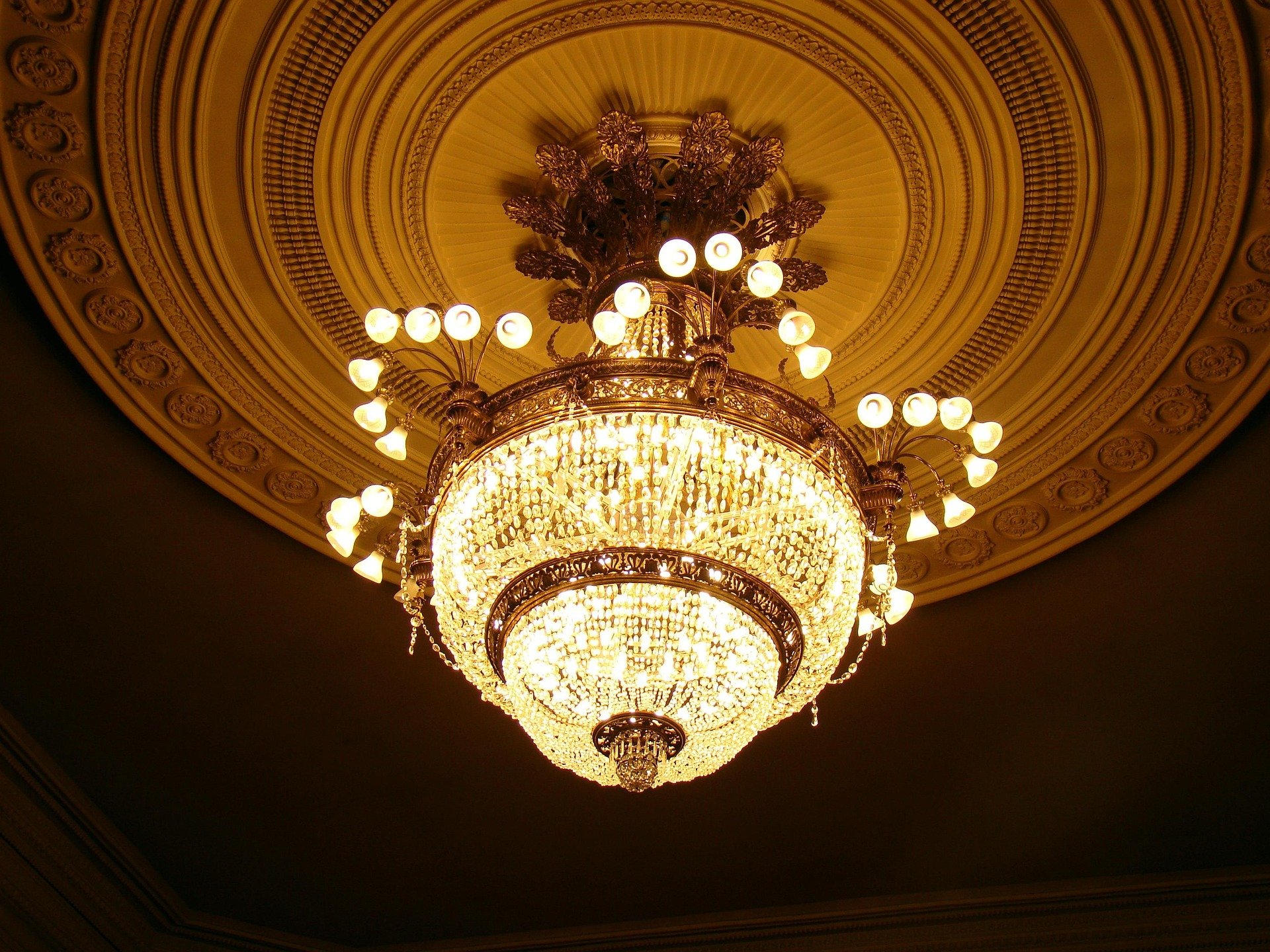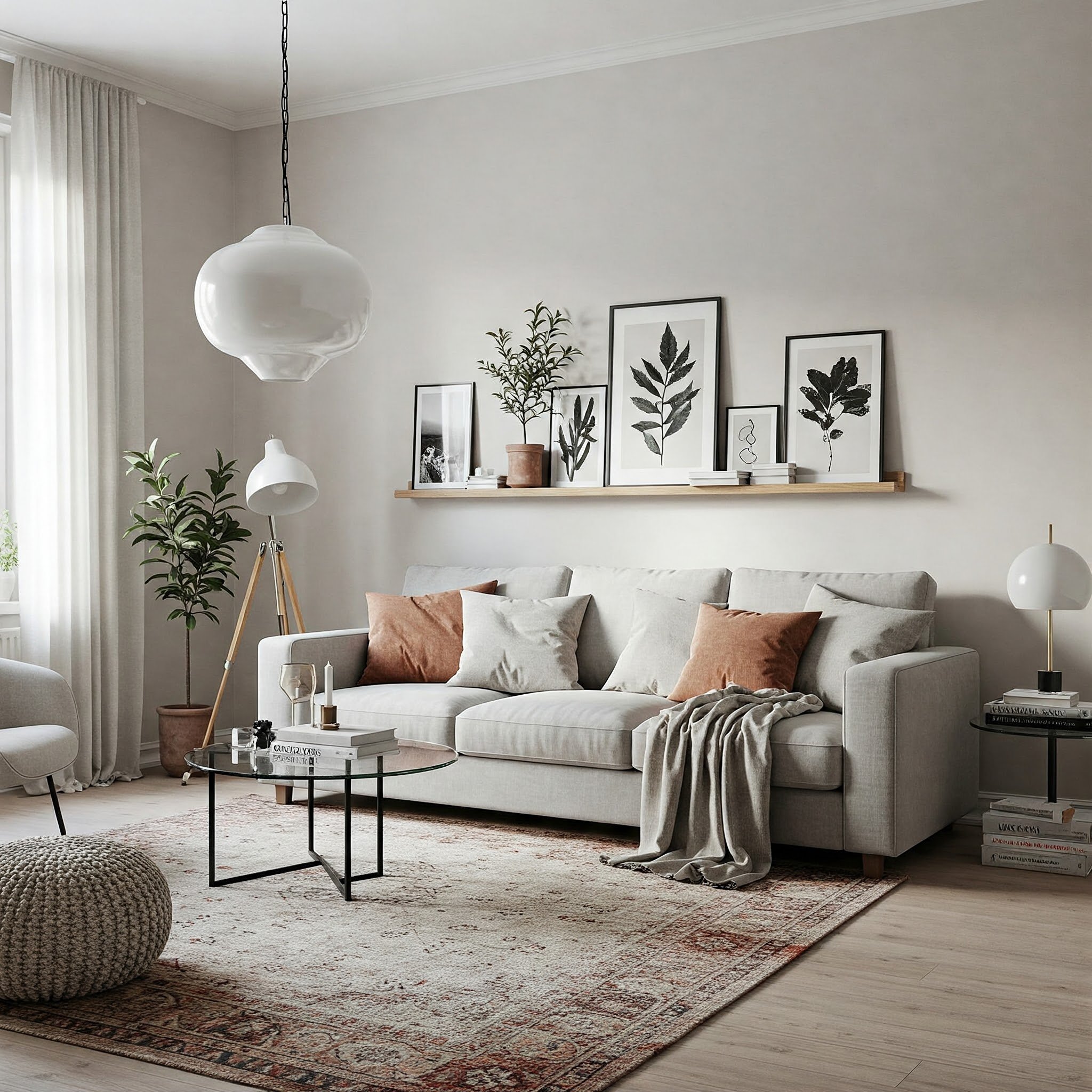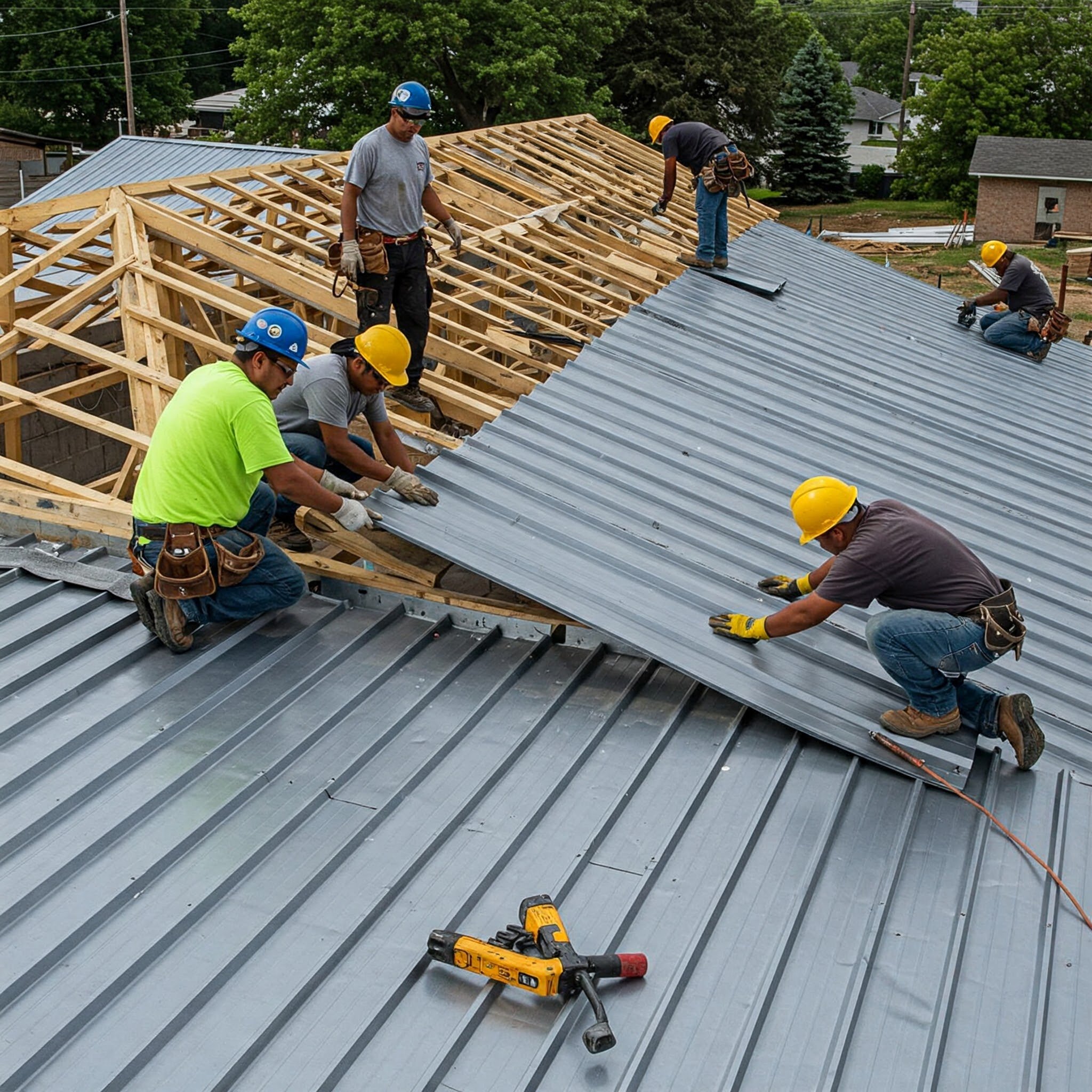The Impact of Construction and Landscaping on Student Housing: Trends and Considerations
Explore the impact of construction and landscaping on student housing. Discover current trends and key considerations for creating functional and appealing living environments for students. Learn how thoughtful design enhances comfort and community in student accommodations.
Over the past few years, the design and placement of student housing and the areas around it have completely transformed. Universities and developers are working to build places to live that are not only functional but also pleasant and sustainable. This transformation symbolizes the students' need for stylish, comfortable, and earth-friendly living places.
The design and maintenance of these spaces are directly linked to student satisfaction and well-being. So, here's what you should know about the impact of construction and landscaping on student housing. New trends and considerations will help you expand your horizons regarding living areas.
Current Trends in Student Housing Construction
Modern student housing development focuses on building functional, cozy, and adaptable living places. Architects and builders are experimenting with new materials and styles, focusing on reducing energy waste and matter sustainability. For instance, most new buildings have solar panels, energy-conservation lighting, and water-saving fittings.
Also important is a new module construction trend, where a part of the building is pre-made and assembled on-site, so less construction waste and time is left. These trends portray a shift towards a more sustainable culture and aim to fulfill students' needs, as a modern lifestyle requires using a paper writing service for inspiration and gathering helpful knowledge.
Landscaping and Outdoor Spaces
The greenery around college housing has turned into more than just a decoration. Today, the location of schoolyards is being considered to promote the social and academic lives of the students. Take a look around, and you will notice that there are seating areas with comfortable seats, Wi-Fi-enabled outdoor spaces, and green spaces everywhere.
These spaces are very helpful for students to wake up in the morning and go on to study or socialize in the natural environment. In addition, most campuses are doing their part by adopting sustainable landscaping plans, including planting native plants that are more resilient and conserve water and maintenance costs. This system saves resources and gives the students a beautiful and useful outdoor space. It's also best to put jersey barriers in hazardous spaces to ensure safety.
Integrating Technology in Construction
The technology infusion in student home building processes transforms how buildings are designed, built, and managed. Smart technology such as auto-heating and cooling systems and smart lighting controls are fast-growing necessities today. These systems effectively save energy and can be connected remotely through mobile devices. Therefore, construction companies also apply complex construction management software to accelerate the building process, minimize mistakes, and ensure that projects are done on time.
Technology speeds up the construction process and makes living in a university accommodation more enjoyable by providing convenience and comfort. But don't forget that the higher the standard of living you choose, the more rent you will have to pay. So, check out Businessworld to learn more about the possibilities of combining work and study to achieve the highest standards of quality of life.
Student Preferences and Needs in Housing
Student choices and requirements in the design of modern student housing are vital. Nowadays, those students' requirements are becoming more contemporary, and they look for options, including fast internet, study zones, and areas for personal gatherings. Privacy is another important issue, as many students would like to stay in private rooms, even shared apartments. Security is also considered from the point of view of accessibility and safety, with measures such as secure entry systems and 24/7 surveillance.
Environmental Considerations in Construction
Nowadays, environmental factors are the main consideration in student housing design. For instance, recycled steel, low-VOC paints, and bamboo flooring are sustainable building materials commonly used to limit environmental effects. Moreover, increasing the efficiency of these buildings is the major objective through the implementation of energy-saving designs and the use of renewable energy sources.
Besides the rainwater harvesting systems, drought-tolerant plants and low-flow irrigation techniques are also incorporated. Aside from being environmentally friendly, the measures above contribute to cost reduction, which is a double advantage to educational institutions and students.
Urban vs. Rural Student Housing Challenges
Urban and rural areas offer different housing problems for students. The most important challenges in cities, as land prices are high and space is limited, are small living spaces and high rental rates. On top of that, noise and pollution can potentially be the most significant issues in contrast to urban student housing, which usually goes through problems of inability to move around the town using public transport and fewer facilities nearby.
Rural student housing may struggle with similar issues that affect college students' lifestyles and convenience. Nevertheless, the countryside usually provides expansive spaces and a tranquil environment for learning and recreational activities. Each location needs to be properly addressed to provide student living conditions that meet the precise needs of its residents.
Regulatory and Financial Challenges
Regulatory and financial difficulties hinder the development of student housing to a significant extent. Zoning laws, building codes, and university regulations can help create a challenge regarding how and where housing can be developed. On the financial side, getting a new student residence built or rehabilitated is high, and getting funding can be very difficult.
The process becomes intricate with developers and universities, often depending on financing options like loans, grants, and public-private partnerships. Another thing is that students should be affordable while maintaining a high standard of living and fulfilling the environmental regulations of the building. Financial planning for these projects has become more complex.





